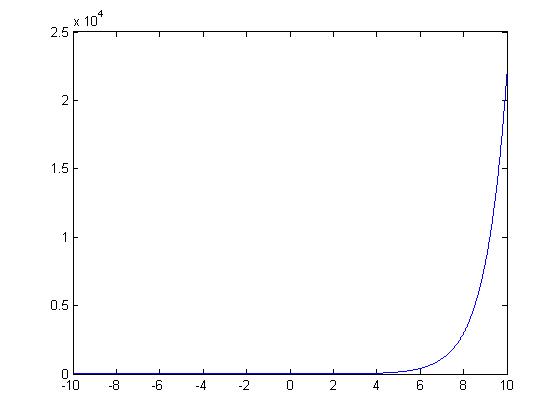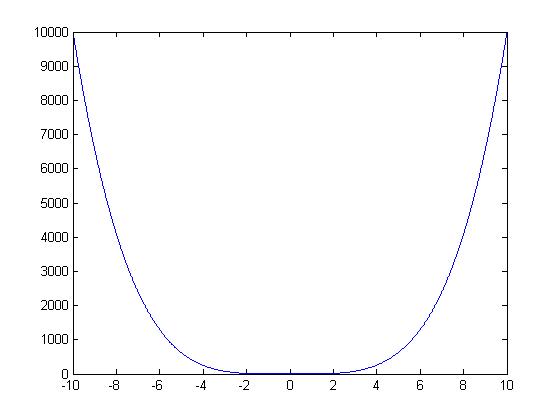(New page: <math>y=e^x</math> <br> Image:linear.jpg This function is linear because for each y value has only one corresponding x value, and each x value has only one corresponding y value. <mat...) |
|||
| Line 2: | Line 2: | ||
<br> | <br> | ||
[[Image:linear_ECE301Fall2008mboutin.jpg]] | [[Image:linear_ECE301Fall2008mboutin.jpg]] | ||
| + | <br> | ||
This function is linear because for each y value has only one corresponding x value, and each x value has only one corresponding y value. | This function is linear because for each y value has only one corresponding x value, and each x value has only one corresponding y value. | ||
| Line 7: | Line 8: | ||
<br> | <br> | ||
[[Image:nonlinear_ECE301Fall2008mboutin.jpg]] | [[Image:nonlinear_ECE301Fall2008mboutin.jpg]] | ||
| + | <br> | ||
| + | This function is not linear because for every y value there are two possible x values that could produce the same result. | ||
Revision as of 05:02, 12 September 2008
$ y=e^x $

This function is linear because for each y value has only one corresponding x value, and each x value has only one corresponding y value.
$ y=x^4 $

This function is not linear because for every y value there are two possible x values that could produce the same result.

